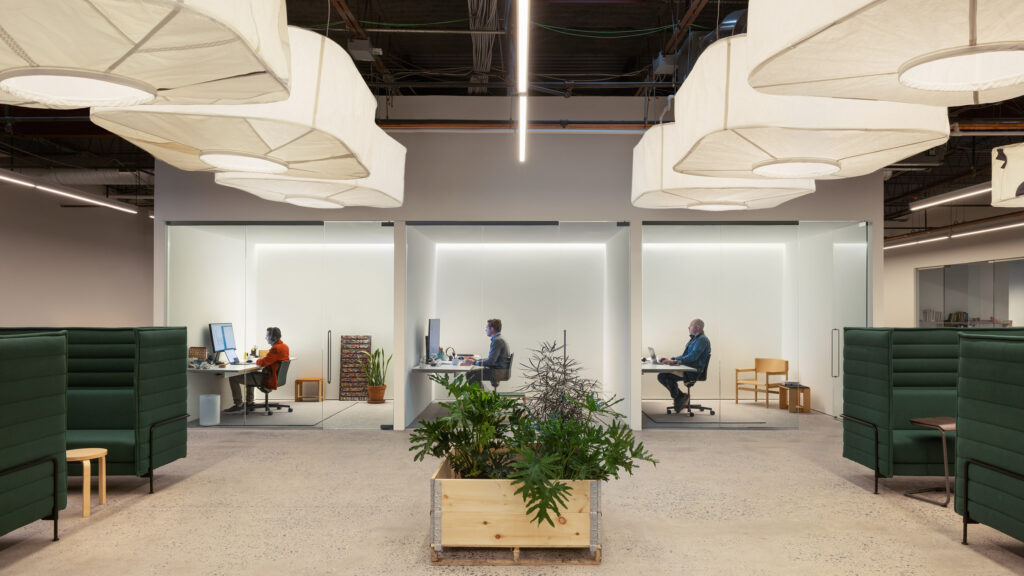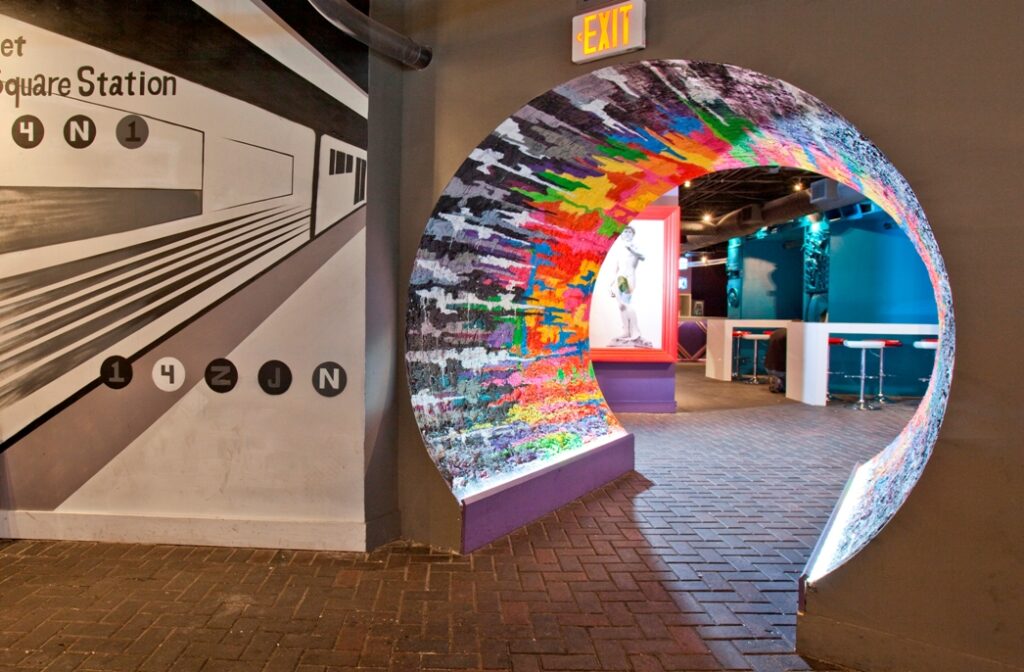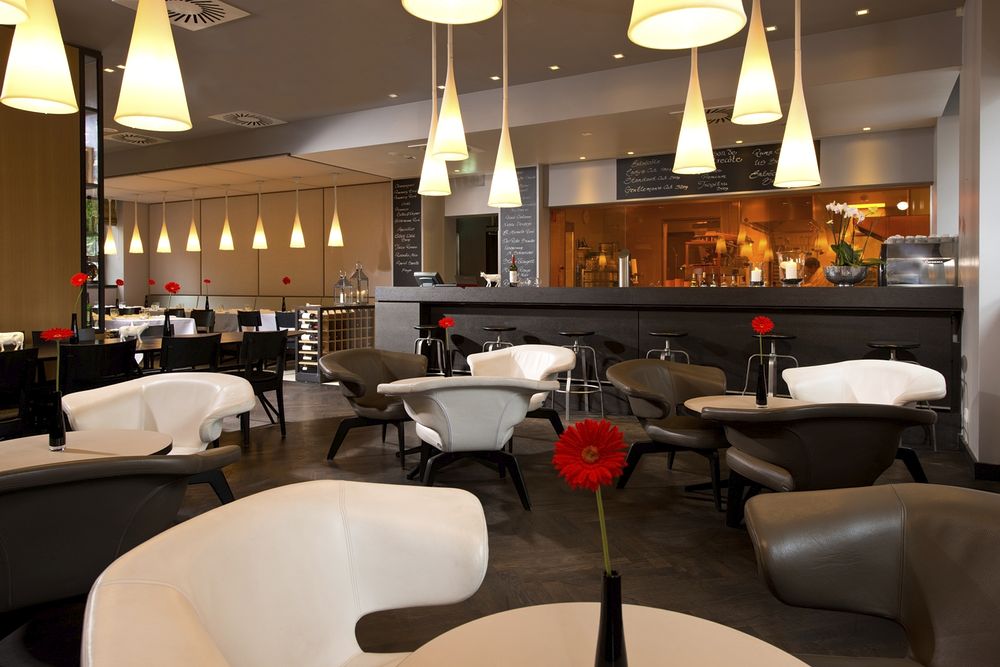Commercial interior design trends are constantly evolving, with new styles and concepts emerging every year. The scope of commercial interior designing is vast, including everything from office spaces to retail stores and restaurants.
For modern businesses, staying up-to-date with the latest trends is crucial to creating a welcoming and engaging environment for customers and employees alike.
In this article, we will explore the top commercial interior design trends that are inspiring modern businesses.
From incorporating natural elements to integrating technology, these trends offer innovative ways to create engaging and inspiring work environments. So let’s dive into the exciting world of commercial interior design!
Key principles of commercial interior designing
Key principles of commercial interior designing include:
- Functionality and efficiency
- Branding and identity
- User Experience and engagement
- Sustainability and environmental considerations
1. Functionality and efficiency
When it comes to commercial interior design, functionality, and efficiency are key principles that should never be ignored.
The design should be conducive to productivity and should make it easy for employees to perform their duties.
Careful consideration should also be given to the placement of equipment and furniture to ensure the space is ergonomic and comfortable.
2. Branding and identity
Commercial interior design should be an extension of the brand’s identity. The space should reflect the values and personality of the business through the use of colors, materials, and design elements.
This will help to create a cohesive and memorable brand image that customers will associate with the business.
3. User experience and engagement
Commercial interior design should aim to create a positive user experience for customers and employees.
It should be engaging and inviting, with attention paid to the overall atmosphere and ambiance. A well-designed space can help to improve productivity, boost creativity, and encourage collaboration.
4. Sustainability and environmental considerations
Sustainability and environmental considerations are becoming increasingly important in the interior designing world.
Businesses are expected to take steps to reduce their environmental impact, and this extends to the design of their spaces.
This includes the use of sustainable materials, energy-efficient lighting, and other eco-friendly features.
Current commercial interior designing trends
Here are some latest commercial interior designing trends:
- Biophilic design
- Open and collaborative space
- Tech integration
- Wellness-oriented design
- Minimalism and simplicity
1. Biophilic design
Biophilic design is a trend that incorporates natural elements into the design of commercial spaces. This includes the use of natural materials, such as wood and stone, as well as the integration of living plants. Biophilic design has been shown to improve productivity, reduce stress, and increase well-being.
2. Open and collaborative spaces
Open and collaborative spaces are becoming more popular in commercial interior design. This trend involves creating flexible workspaces that can be easily adapted to different needs.
Multi-purpose areas are also becoming more common, allowing employees to work together in a variety of settings.
3. Tech integration
Technology is playing an increasingly important role in commercial interior design. Smart office systems, such as automated lighting and temperature controls, are becoming more common.
IoT-enabled features, such as voice-activated assistants and smart sensors, are also being integrated into commercial spaces.
4. Wellness-oriented design
Wellness-oriented design is a trend that focuses on creating spaces that promote well-being and mental health.
This includes using ergonomic furniture, which can help reduce the risk of injury and discomfort. Lighting and acoustics are also important considerations, as they can have a significant impact on mood and productivity.
5. Minimalism and simplicity
Minimalism and simplicity are becoming more popular in commercial interior design. This trend involves creating clean, uncluttered spaces that are free from distractions.
Neutral color palettes are often used, creating a calming and relaxing environment.
Implementing commercial interior design trends
Implementing commercial interior design trends requires careful planning and execution. Here are some key steps to consider:
- Conducting research and market analysis
- Collaborating with design professionals
- Balancing aesthetics and functionality
- Budgeting and cost considerations
- Project management and timelines
- Monitoring and evaluating the impact of design changes
1. Conducting research and market analysis
Before implementing any commercial interior design trends, it is important to conduct research and market analysis.
This will help to identify the needs and preferences of customers and employees and ensure that the design is tailored to their specific requirements.
2. Collaborating with design professionals
Working with experienced design professionals can bring expertise and creative insights to the project. Collaborating with architects, interior designers, and contractors ensures that the design vision is effectively translated into a functional and visually appealing space.
3. Balancing aesthetics and functionality
Striking a balance between aesthetics and functionality is essential. The design should not only look visually pleasing but also support the operational needs of the business.
4. Budgeting and cost considerations
Setting a realistic budget and considering cost implications is crucial during the design process. By carefully selecting materials, finishes, and furniture that align with the budget, businesses can achieve the desired outcomes without compromising quality.
5. Project management and timelines
Efficient project management is key to the successful implementation of commercial interior design. Setting clear timelines, coordinating with contractors and suppliers, and ensuring the timely execution of tasks is vital to avoid delays and budget overruns.
6. Monitoring and evaluating the impact of design changes
Once the design changes are implemented, it’s important to monitor and evaluate their impact. Collecting feedback from employees and customers can provide valuable insights for future improvements and adjustments.
Conclusion
Commercial interior design trends continue to evolve, offering exciting opportunities for businesses to create inspiring and engaging spaces.
By embracing these trends, businesses can enhance productivity, reflect their brand’s identity, and improve the well-being of employees and customers. It is crucial to stay updated with the latest trends and adapt them to specific industry needs.
Commercial interior design is a powerful tool that can positively impact the success of businesses in today’s competitive landscape. So, let’s embrace the trends and create exceptional spaces that inspire and captivate!



